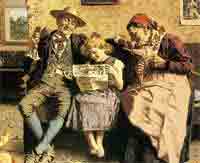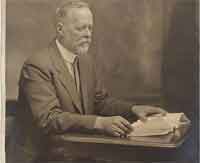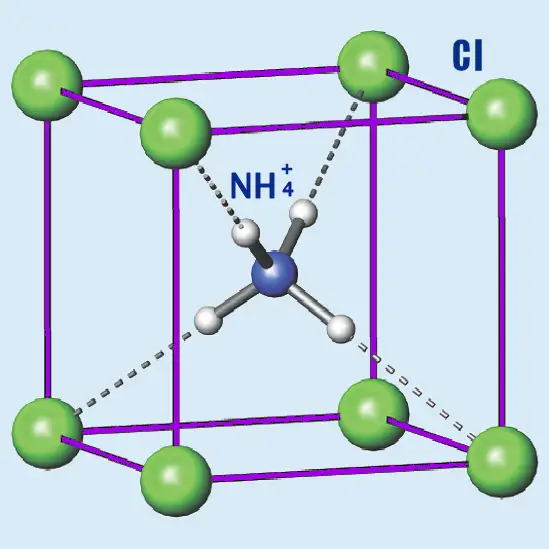
Why is NH4 positive?
If ammonia (NH3) is neutral then it must have equal numbers of protons and electrons. If a proton is added to ammonia, the resulting NH4+ will have an extra proton. Hence ammonium ion is represented by one positive charge. This is the simple and first explanation that can be given in this regard. It can also be explained in another way. It is generally observed that the positive charge is displayed on the nitrogen atom. If the nitrogen atom has one lone pair of electrons, covalent bond can result if an electron from another atom is shared with any of the lone pair of electrons. The hydrogen atom that is donated by another reactant to ammonia accepts the electron donated by nitrogen atom. The hydrogen atom becomes neutral and the nitrogen atom will attain positive charge. The electron from nitrogen reacts with the electron in hydrogen atom to form a dative covalent bond. This is the reason for representing the Lewis structure of ammonium with positive charge on nitrogen atom.
The positive charge on ammonium ion can also be described in the perspective of accounting. In ammonia, nitrogen has 7 protons and 7 electrons; 3 hydrogen atoms have 3 protons and 3 electrons. The ammonium ion will form when ammonia reacts with HCl. In hydrochloric acid, hydrogen has 1 proton and 1 electron while chlorine has 17 protons and 17 electrons. The ammonium ion is formed when the hydrogen ion from HCl is transferred to ammonia after losing an electron to chlorine. So ammonia will have 11 protons and 10 electrons which mean one proton more. This is why ammonium has one positive charge. Chlorine will have 17 protons and 18 electrons and hence has one negative charge. Whether, the ammonium ion is formed from HCl or not it will possess 11 protons and 10 electrons. Hence ammonium has one positive charge due to one extra proton.











Leave a Reply